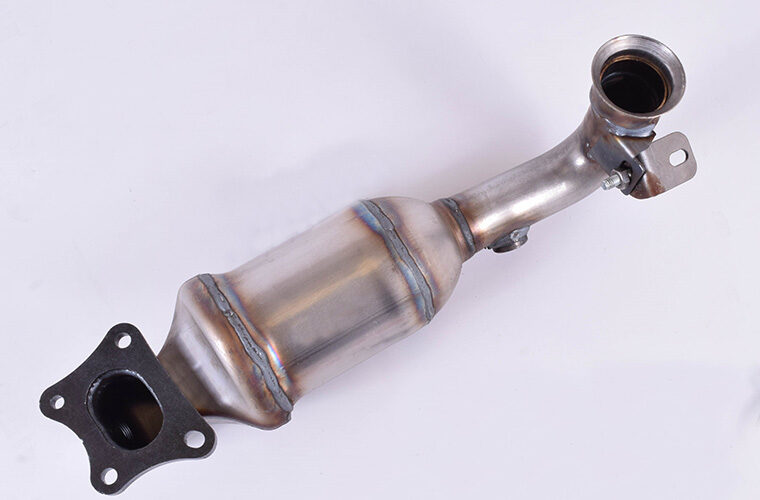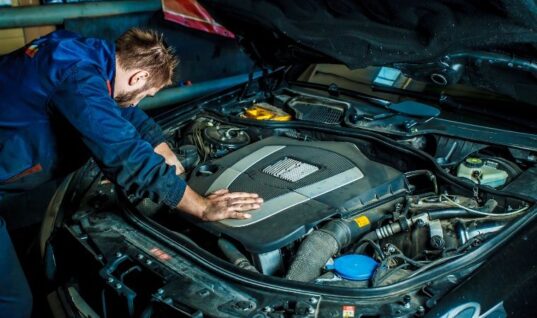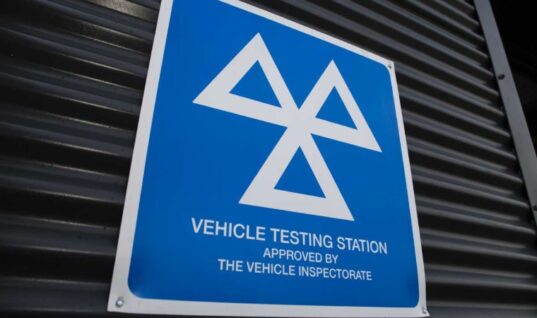The 4-gas analyser is an essential piece of equipment for a pre-MOT emissions test, but is rarely used as a diagnostic tool.
It’s surprising how little information is retrieved by the technician after completing an emissions test using the 4-gas analyser. The usual statement to the customer is: ‘Your car will pass or fail the MOT emissions test’. The problem is that the MOT emissions test only requires values of CO, HC and a lambda reading.
For example, if the reading of CO was 0.35, HC at 123 PPM, and a lambda reading of 0.99 at 2500rpm, this would constitute an emissions failure.
You could conclude that the catalytic converter needs replacing because it is not working effectively, as the CO is too high. This situation is often resolved by fitting a new catalytic converter. This could reduce the CO to 0.2, as the new catalytic converter will be working at 100 percent (for a few weeks) because it is new, this would enable the vehicle to pass the emissions section of the MOT test with the HC at 123 PPM being within the 200 PPM parameters.
This is only a short-term fix, as the CO and HC values will reduce for only a short period of time.
There is a problem that needs to be located and corrected before the new catalytic converter is damaged, solving these problems is simple and straightforward.
You need a report from your 4-gas analyser showing the 4-gas values of CO, CO2, HC, O2 and a lambda reading.
The two values that are missing from the MOT test are CO2 and O2, these are extremely important in assisting a diagnosis of any emissions fault.
You need to add the two missing values of CO2 @ 13.6 and O2 @ 0.56 to the MOT emissions test report of CO @ 0.35 and HC @ 123 PPM with the lambda reading @ 0.99. It is now possible to diagnose the fault.
The O2 value should be less than 0.2, but as you see it is too high at 0.56. This is a result of a small hole, damaged gasket, failed exhaust manifold gasket or even a loose manifold stud, and could result in air be sucked into the exhaust system before the first lambda sensor.
This information is fed back to the ECU, assuming that the engine is running lean due to the extra O2, it will adjust the fuel mixture to the correct ratio of 1 part petrol to 14.7 parts air (lambda) in turn making the mixture richer, resulting in an excess of HC and CO thus causing damage to the catalytic converter, and a possible failure of the converter within its warranty period.
The air leak needs to be found and repaired immediately; the best way of locating any air leak is by using a smoke machine which will help to locate any air leak. Visit eurocats.co.uk and click on ‘4 gas tests’ to see a smoke test.
EEC recommends that you print and analyse a 4-gas report when carrying out an MOT emissions test. By repeating the process when fitting a new catalytic converter is an ideal opportunity to locate several emission faults, you know that the catalytic converter is working at 100 percent therefore the problems must be elsewhere, these could include over fuelling, air filter, exhaust back pressure and ignition problems, etc.
Always check the 4 gas values after replacing a failed coil pack as it can be the cause of a catalytic converter failure.
Click here for more information.







